A critique, not a conclusion
The EOS R is Canon’s entry into the full-frame mirrorless camera market and, while it doesn’t look all that revolutionary at first glance, looks can be deceiving: this is a big step for the world’s largest camera manufacturer. The EOS R comes with a new mount, a new lens lineup, and some new functionality. Most crucially, it’s capable of capturing fantastic photographs.
But as we approach the completion of our full EOS R review, we wanted to address a few areas where we believe it could be improved (just like we did with Nikon’s Z7). These principally concern usability and, to a degree, ergonomics, too, but also include limitations of some of the features included the EOS R as well as limitations imposed on the user by features that have been left out.
While some of these issues have been a feature of Canon’s various lineups for some time, the EOS R – and the fresh start it represents – are a great opportunity for the company to take a fresh look at how it can make the camera more usable for more people.
So without further ado, here’s what we’d like to see Canon try to improve in the EOS R.
Add the Register / Recall Shooting Function option
This function, shown here on an EOS 5D Mark IV and which at first glance looks a little like a blue camera flying away, is incredibly powerful.
This tongue-twister of a customization option is absent from the EOS R, but is something we’ve found incredibly useful on Canon’s existing cameras as well as competitive models. It allows the user to instantly adjust their choice of exposure settings, white balance, metering, and crucially, autofocus parameters and autofocus activation at the press of a button.
This option allows the user to instantly adjust autofocus parameters at the press of a button
We love having this option on Canon’s high-end DSLRs. It allows us to instantly swap from, say, a zone of AF points and Servo (continuous) focus, to a single, pinpoint AF point and Single focus. As an example, this makes it easy to quickly switch from photographing fast action to a portrait while ensuring the most accurate autofocus behavior for each situation.
These two screengrabs depict the array of AF options available on the EOS 5D Mark IV when using Register/recall shooting function
Although this feature is usually reserved for Canon’s higher-end cameras, we think the midrange EOS R would really benefit from it. This is because even though the EOS R’s on-sensor autofocus system is very capable in Servo AF, the spookily accurate Pupil Detection option is only available in Single AF. Being able to rapidly switch between those two with a single button press would greatly speed up our shooting, and ensure our wide-aperture portraits are precisely focused.
Allow us to choose the number of selectable AF points
The four-way controller is one way to move around your AF area, but it’s too slow to be the primary means for doing so
Among the EOS R’s headline features is its 5,655 AF points. While that makes for a great press release, it doesn’t necessarily make for a great user experience. This is because with all those points, it’s extremely slow to use the four-way controller to move your AF point around. Competing systems such as those from Fujifilm and Nikon allow the user to limit the amount of selectable points, effectively allowing you to quickly move your AF area around at the expense of some precision.
Those who prefer to use the four-way controller to move the AF area will find it’s simply too slow
To the EOS R’s credit, there are two other ways to move your AF area – you can use the touchscreen, or you can hit the AF Selection button and use the two control dials to move the point vertically or horizontally. But still, the latter strikes us as a little cumbersome, and the former isn’t an option if you happen to be using gloves (or if you’re just touchscreen averse). It would just be nice to have more control over how the four-way controller allows you to interact with your AF area.
Which button for what function?
Shown above is the interface for the Dial Func options; the bottom row represents the options that have been added and you can use the back dial to scroll through them, and the top row lets you use the front dial to manipulate whichever option you’ve chosen.
While the EOS R is a pretty customizable camera, there are – for whatever reason – some custom options available for some buttons, but not for others. It’s frustrating and makes the camera more difficult to set up for your style of shooting than it could be.
Drive mode, for example, can be included in the Dial Func options shown above, but cannot itself be assigned to a button press. Exposure compensation can be assigned to the AF Selection button, but not to the AE Lock button. The ‘LOCK’ button on the top of the camera cannot be customized to do anything but lock various control points. You can assign a number of buttons to allow you to enter the main menus, but in what must be a sort of safety feature, you can’t then assign the menu button to another function. So you just end up with two ways to enter the menus.
The bigger point here, is this: if a manufacturer is going to provide for controls to be customized, we think that in a $ 2000+ product, they should just go all in and allow users to set up the camera as they see fit.
Desensitize that darn eye sensor
Like many other cameras, the EOS R includes a proximity sensor near its viewfinder (in this case, just beneath it, as shown above) to allow the camera to automatically switch from the viewfinder display to the rear screen, depending on whether or not the camera is held up to your eye. The problem is that you cannot customize the sensor’s sensitivity, and the camera cannot detect when its screen is folded out to the side.
Accidentally tripping the eye sensor can cause you to miss a shot
This means that if you have the screen flipped out to shoot from the hip, you’ll find yourself accidentally tripping the eye sensor if the camera moves too close to your body. In other words, you can easily miss a shot as the screen goes blank at the crucial moment.
And yes, you can assign one of the function buttons to manually switch between the two, but we’d love to at least be able to customize the sensitivity of the sensor. In the end, it remains best practice is to simply disable it when the screen is flipped out. After all, how likely are you to have the screen at an odd angle and use the viewfinder at the same time?
Enough of the arbitrary limitations (and the M.Fn bar)
We mentioned this earlier, but the EOS R’s Q menu cannot be customized. This would not only be nice for the sake of adding frequently-accessed settings, but it’d be great to be able to remove rarely-used options. For example, by default, ‘Flicker Reduction’ is an option in the Q menu. This is really handy if you regularly shoot indoor sports, but a lot of photographers will never need it.
We’d like to see Canon institute the AF ‘cases’ on its mid-range cameras like the EOS R. Even though the EOS R has options to customize its ‘Tracking sensitivity,’ ‘Accel./Decel. tracking’ and ‘AF pt auto switching,’ there’s an awful lot of possible permutations of those three parameters. But oddly the more advanced Canon cameras adjust these three parameters in a series of ‘AF Cases,’ with clear descriptions of when you should use each one. Having this sort of organization would arguably be more beneficial to less advanced users.
 |
The cases offered by the EOS 5D IV offer users a more accessible way to manipulate the AF system than manually adjusting the parameters. |
Lastly, we’ve already said that we find the M.Fn bar to be of limited use. But aside from that general point, we’ve also noticed that it doesn’t offer a consistent experience. Sometimes, it will ignore your inputs, or respond to them too rapidly. If Canon can smooth out the touch bar’s operation, that would go some way toward encouraging people to experiment with it and perhaps incorporate it into their manner of shooting.
Oh and the EOS R is yet another Canon camera that omits an intervalometer, for time-lapse shooting. This would be permissible if we could at least gain this function through the Canon Camera Connect app, but the app has no provision for it either. Why, Canon? Why?
Summing up
While at a passing glance the EOS R looks rather like some of the company’s DSLRs, the controls are a pretty radical departure for Canon. While this means there’s bound to be a bit of a learning curve, even for existing Canon users, it’s also not surprising that there are a few hiccups in the camera’s operation.
To be sure, there’s a lot that the EOS R gets right, and the future looks bright for the RF system (the lenses, in particular, look stunning). Canon has promised regular firmware updates to the EOS R to improve functionality, too, which is good to hear – and that’s one reason why we’re writing this article in the first place.
We’re not saying that Canon needs to redesign the EOS R to make it useable, but a firmware update or two to smooth over the operation would be very welcome.
We’ll be putting the finishing touches on our full EOS R review in the near future, but in the meantime, what do you think? Are there any other changes you’d like to see in the EOS R? What do you want to see in the next camera for the system? Let us know in the comments.
Articles: Digital Photography Review (dpreview.com)

















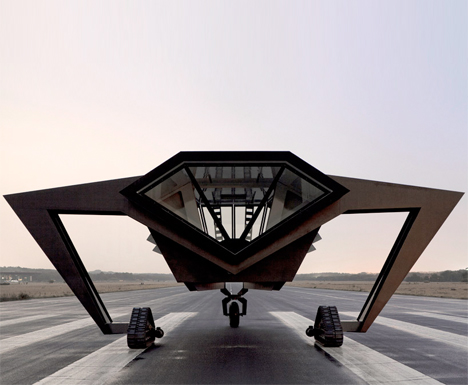

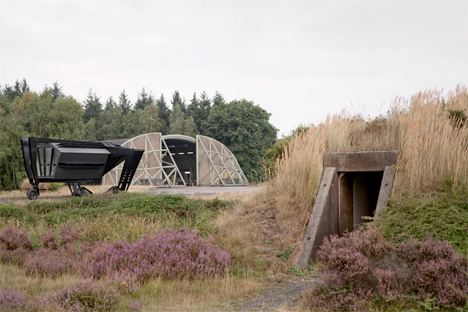
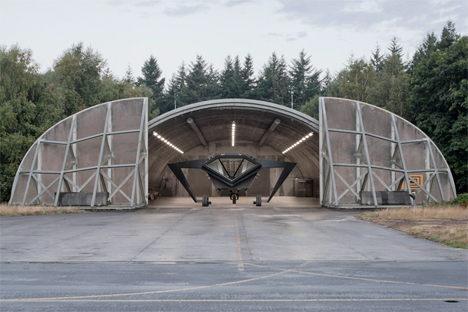
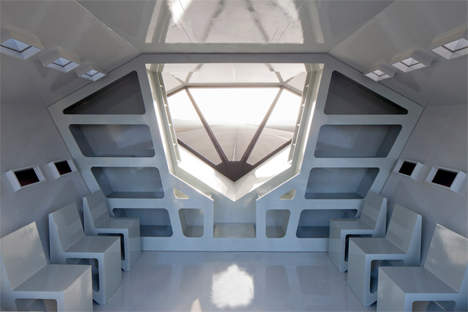
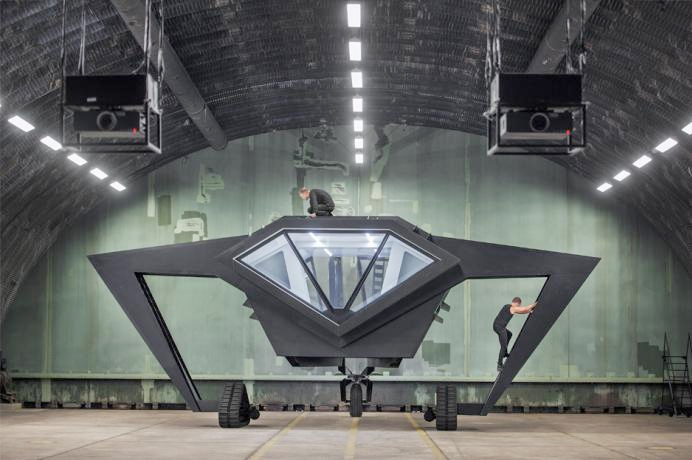











You must be logged in to post a comment.